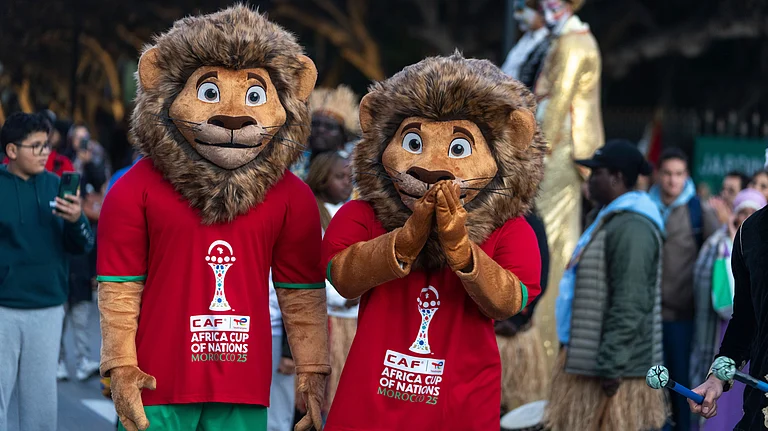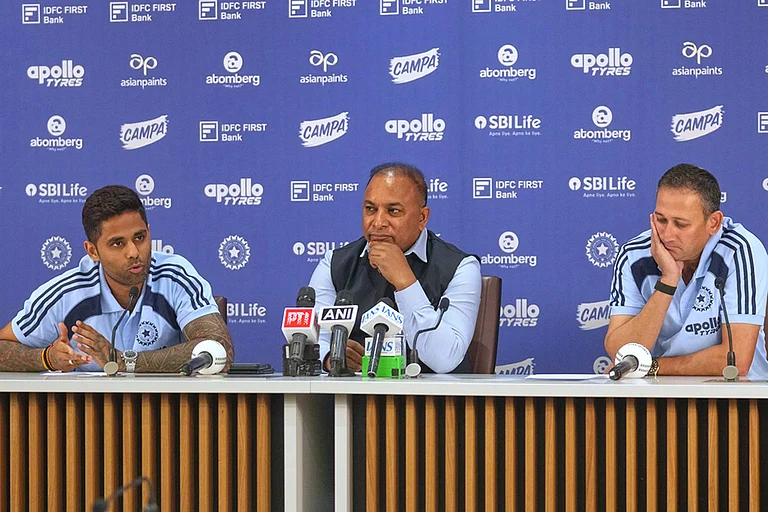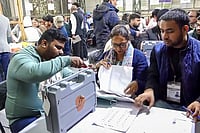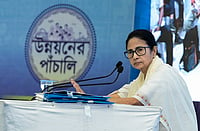Last year on September 14, at the 72nd session of the WHO Regional Committee for the European Region, 53 countries of the region adopted the first-ever framework to work towards achieving the highest standards of living and accessibility for people with disabilities. This was a major step forward.
Health and wellness have increasingly become a prime topic in recent years and like most other global undercurrents, efforts are being made to make overall life more disability-friendly at larger levels – governmental, corporate, broader social groups and in the policies engineered.
This has also been matched by a similar effort in medical and research fields to improve and work around such challenges. From advanced stem-cell research to more intensive and focused medication for specific disabilities, disability rights have jumped to the forefront. The growing success of popular events like the Paralympics and the Invictus Games further encourage this and help shine the spotlight on the limitless possibilities for people with disabilities.
Outlook highlights some of the recent efforts on this front, worldwide.
In war-torn Ukraine, which reported over 2.7 million people with disabilities before the Russian invasion, WHO recently stepped up efforts to ensure rehabilitation and long-term support efforts are put in place to ensure that disabled people, who often suffer disproportionately more and also stand to benefit from the relief efforts during the war. Efforts at the highest governmental level, alongside the WHO, to provide targeted intervention and shape policy to provide support while air missiles sail over the sky marks an important shift in our larger collective attitude towards disabled people, and a growing determination to leave no one behind.
On a more individual level, many efforts have been highlighted worldwide of broader investments being poured in to make life more accessible with new opportunities for them on all frontiers, including space. In April, John McFall, a paralympic champion, became the European Space Agency's first-ever para astronaut, after being selected to study how feasible it would be for disabled people to live and work in space.
BBC reported on his first parabolic flight where he experienced weightlessness for the first time. McFall put aside his medical career, the report said, to join the ESA project, and spoke about how he hoped his work in this ground-breaking study would help re-define what was possible for people with physical disabilities to do; they could even go to space now. The message was clear, a concentrated effort to break down all barriers on their limitations is being taken seriously now.
After disability rights groups have long been urging airlines and policymakers to focus on making air travel more accessible for disabled people who face innumerable challenges while flying, changes have started. From airlines revising their policies to be more accommodating rather than token efforts for them, to airports and architects making concentrated efforts towards redesign efforts in order to expedite their ease of access.
The success is best encapsulated at Fargo's Hector International Airport where disabled people have been onboarded to help in the $123 million expansion project, discussing their issues with the airport authorities to ensure the redesign makes it more accessible for a wide range of disabilities.
The United States has been at the forefront here, having had a long history of disability-inclusive policy-making which has translated toward a larger cultural sensitivity and ideations to open new avenues for them. This isn't limited to more sensitivity programs in schools and corporate policies to be more disability-inclusive.
Across the United States, art galleries have been installing wheelchair-accessible carousels, providing noise-cancelling headgear for visitors who are sensitive to loud noises, and revising schedules to be sensory-friendly.
Their efforts have filtered down to almost every level, even the more challenging ones. For example, disabled people are often completely removed from being able to visit natural parks and sanctuaries. Yet, even the parks have been evolving with time. Badlands National Park in South Dakota provides a fine example. It has three paths specifically designed for wheelchairs and more than 92% of its eateries have been made accessible. Even the more popular parks, like Yellowstone National Park in Wyoming and the Grand Canyon National Park in Arizona both now feature over a dozen accessible pathways for those using wheelchairs.
However, an argument is often made that these advances are seen most in the first world, where since a high basic standard of living already exists, it is easier for such nations to turn their attention towards issues they long ignored. But this is being matched worldwide, across sectors.
India has begun to revise its archaic frameworks, and in Latin America as Argentina won the World Cup, national broadcasters provided sign-language commentaries and specifically attuned match broadcasts for those with hearing problems and noise sensitivities, dimming the roars of empathetic crowds. "Muchahos" which became the nation's unofficial anthem during its euphoric win now features a revised lyrical version for people with disabilities to be able to join in.
In Qatar, during the FIFA World Cup, designers and architects focused carefully on making the tournament as accessible as possible from designers revising signs and stadium turnstiles, and issuing guidelines to tournament volunteers on how best to assist disabled people at matches.
China had also established a social security system that included living allowances for poor persons with disabilities and care subsidies for those with severe disabilities, which has now benefited over 27 million people.
As more and more countries begin to take serious note of the challenges and work more intensively on every front, towards accessibility, affordability, and medical recourse, towards higher standards of living for disabled people, it presents a hopeful message for the future.
However, that is just the start. Along with strident leaps of awareness and sensitivity translating into structured efforts across institutions to pave the way, the economic question looms large. In a world where policymaking is inherently fuelled by market demands, allocation of resources to create more equitable infrastructure for disabled people, and institutions to support them remains the greatest challenge.
Fiscal policymakers are hesitant still, given the return on investment as their human capital improves, especially in the case of disabled people is a long timeline, and requires far more effort than allocating resources to other marginalised areas. This is often changed through greater advocacy and lobbying, but given that they still form a minority, with few organisations who have had to agitate for far too long to get where we are today, this challenge still looms large.
Furthermore, the time lag between sensitivity translating to better intervention at the highest levels, from administrators implementing programs specifically focused on them to civil infrastructure being redesigned not just across certain areas, but entire metropolitan areas and cities is another hill to climb. Especially, for the lesser-developed nations who are still firming up their basic frameworks, laws and acts related to the lived experiences of disabled people is an ongoing struggle as they often have to triage resources, and pick and choose their challenges. But here also, the pandemic which was one of the first examples of larger health-related policymaking becoming truly global, the roads have begun to open up.
John McFall may finally be able to go to space soon. Alongside him, many other people with disabilities will see new frontiers and a range of opportunities as quality of life sees a marked overall improvement.


























